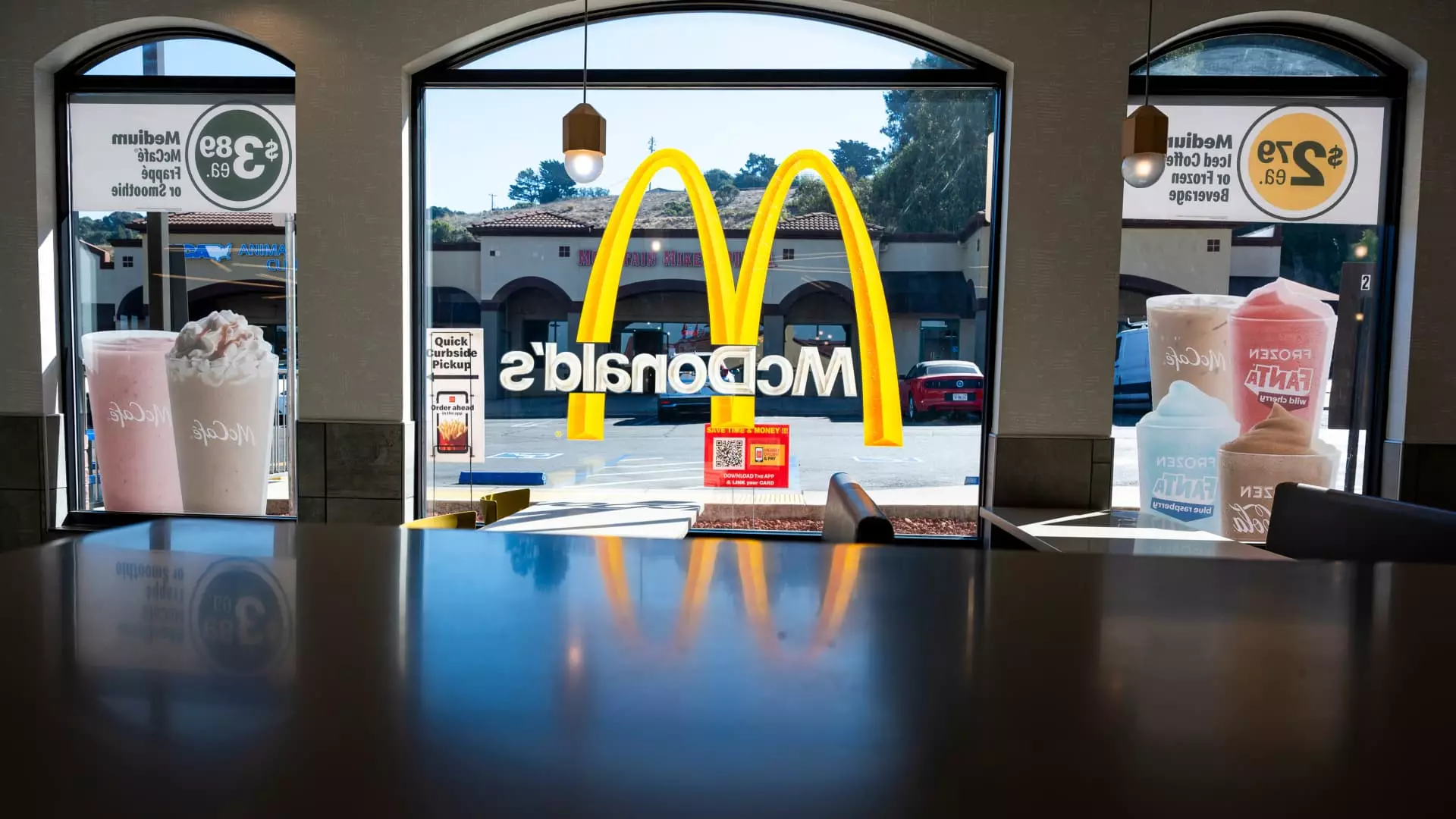The restaurant industry is frequently viewed as a bellwether of consumer sentiment and economic stability. As 2025 unfolds, executives are experiencing a tumultuous start to the year that many attribute to intense winter weather, shifting consumer behavior, and economic uncertainties. However, several chains are cautiously optimistic about a gradual recovery as the year progresses.
The challenges presented in early 2025 can be attributed largely to harsh climatic conditions and erratic consumer spending patterns. Notably, chains such as Burger King and Popeyes—both part of the Restaurant Brands umbrella—reported an uptick in sales during the fourth quarter of the previous year. This resurgence was fueled by value-oriented menus that sought to entice customers back to the dining experience, pulling them away from home cooking. Even industry stalwart McDonald’s noted an increase in domestic traffic, although overall same-store sales saw a slight dip.
Nonetheless, the promising trajectory shifted in January. Wendy’s CFO Kenneth Cook noted that the sector faced notable traffic headwinds, exacerbated by significant weather events across the country. Despite an overall 3.4% increase in fast-food net sales compared to last year, the growth rate has begun to taper off, falling from a more robust 4.9% the previous month. Both breakfast and lunch traffic showed declines, emphasizing that consumer hesitance remains a crucial factor.
Consumer sentiment plays a pivotal role in shaping the restaurant industry’s landscape. Subway U.S. President Doug Fry’s remarks underscore this point: consumers are exercising caution while waiting to assess the economic climate. They are particularly focused on value, wanting to ensure that the quality and quantity of their meals justify the cost. This cautious approach highlights an overarching trend—while the industry anticipates recovering sales, the underlying consumer confidence must first stabilize.
Interestingly, traffic and sales are projected to pick up later in 2025. This expectation stems from easier year-over-year comparisons to previous periods marked by decline. While the early months of the year tended to yield negative traffic growth across the industry, the hope is that momentum will build as spring and summer approach.
It’s essential to recognize how unique weather patterns and significant events can disrupt restaurant performance. Chipotle Mexican Grill’s decision to downplay the potential impact of wildfires in Los Angeles reveals the delicate balance companies must maintain when weighing external factors. The restaurant reported that these wildfires could have adversely affected its same-store traffic growth by as much as 4%, contributing to a broader decline of 2% in January—a trend compounded by calendar disruptions such as New Year’s falling midweek.
The unpredictable nature of external events exemplifies the restaurant sector’s vulnerability to factors beyond immediate control. As companies project their fiscal outlooks, the weight of these challenges cannot be understated, nor can their influence on consumer behavior.
One of the most pressing issues for consumers in 2025 is inflation. The fear of rising prices has dampened confidence, with consumer sentiment reaching a seven-month low as of February. Data from the Department of Labor shows that away-from-home food prices have risen by an alarming 3.4% over the previous year. Additionally, concerns regarding tariffs, particularly in connection with the ongoing trade tensions involving President Trump’s administration, linger on consumers’ minds.
Despite these worries, major chains such as Chipotle, Wendy’s, and McDonald’s have noted that at present, they do not foresee major operational impacts from new tariffs. However, it remains to be seen how these policies might ripple through supply chains and ultimately affect costs and consumer prices in the long term.
Fast-food giant McDonald’s is cautiously optimistic about a rebound, predicting that demand will recover as the year progresses. In their conference calls, executives expressed confidence that improvements in economic conditions, particularly concerning lower-income consumers, could lead to disproportionate benefits compared to competitors.
Conversely, Starbucks finds itself grappling with a more complex situation. After four consecutive quarters of declining same-store sales, the coffee chain has suspended its fiscal outlook for 2025. Its continued decline necessitates a longer trajectory for recovery, as operational changes and structural investments may take time to yield results.
While the restaurant sector in 2025 is beleaguered by immediate challenges such as weather disruptions and consumer caution, there remains a silver lining. With strategic adaptations and a focus on value in offerings, the industry may be poised to turn the corner as consumer confidence gradually rebuilds. The coming months will be pivotal in determining not just recovery, but a reestablishment of consumer loyalty amidst an ever-evolving landscape.

